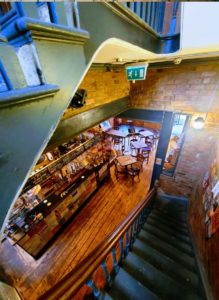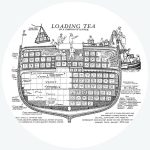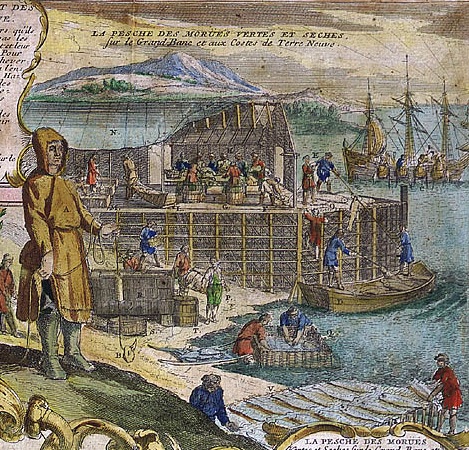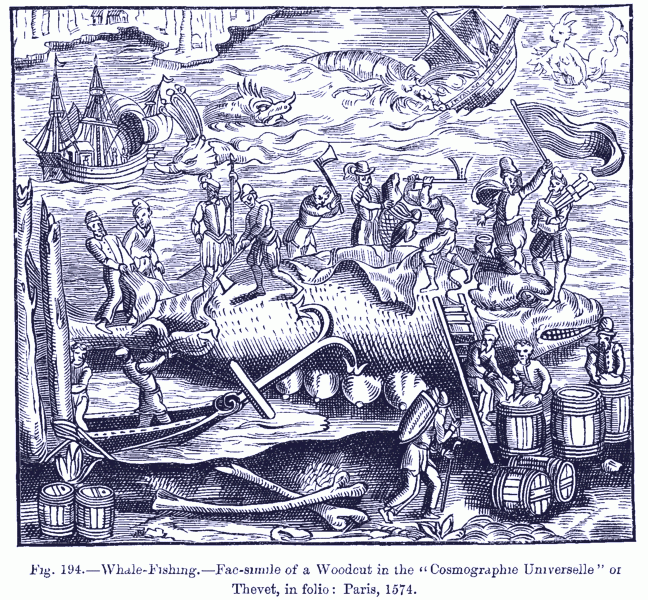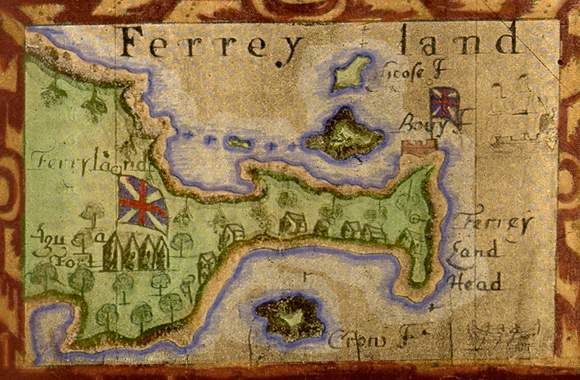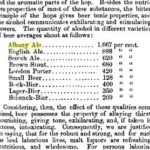 It’s April. Finally. Did you realize that today we are exactly the same length of time from this time last year as we are to this time next year? No? I was really hoping to start out with something profound this week… but that’s all I could come up with.* It’s got to be the election. I’m all a buzz about the election. And, as predicted last week, there has been an election beer pouring sighting this week as PM Carney took his Liberal party campaign bus to a bar in Georgetown, Ontario. He seems to have a pretty steady hand. Here’s a bit of a vid. More beer pouring please, candidates…
It’s April. Finally. Did you realize that today we are exactly the same length of time from this time last year as we are to this time next year? No? I was really hoping to start out with something profound this week… but that’s all I could come up with.* It’s got to be the election. I’m all a buzz about the election. And, as predicted last week, there has been an election beer pouring sighting this week as PM Carney took his Liberal party campaign bus to a bar in Georgetown, Ontario. He seems to have a pretty steady hand. Here’s a bit of a vid. More beer pouring please, candidates…
First up, Matthew shared the round up from the March edition of The Session with lots of good stuff. My submission was not as interesting as those of other folk* so go check out all the other entries – but also read Matthews own thoughts on why writing in this “sketching not sketchy” manner is important:
I’ve returned to blogging this year because I think getting the multitude of ideas I’ve been sitting on for months out in a way that is not bound to this process, or to the whims of a particular editor is really valuable. Writing is important, and it doesn’t matter if you’re an experienced journalist or you’re writing your first ever piece, the most important thing is that you get it done, and then move on to the next one. As I enter my 10th year as a full-time professional writer, I consider this blog to be the best place to try out ideas, and figure out what does and doesn’t work.
Next time, the host is Ding and the question is about value. Yes, there are plenty of venues and levels for we scribblers. For example, Rachel Hendry wrote a inner voice piece for the first issue of a new web mag – a wag? – called chlorophyll about a night out with the Gamay:
Tasting Beaujolais is where I learnt the term confected, a harsh word rhyming with infected and inferring the pick-and-mix stalls of the cinema complex and theatre foyer. Parma violets and foam bananas and sweet jellied cherries all manifesting in a glass that people infantilise and dismiss. Yet here, in my glass, a dismissal of an assumption takes place. A Gamay peppery and perfumed and proud. Spicy. Intoxicating. The presence of this spice allows the Gamay to take on a new meaning. A hierarchy rejected.
I like it. You can too. Just remember the scale: Beaujolais Nouveau, Beaujolais, Beaujolais Village and then the best stuff from any of the individual ten villages like Fleurie or St-Amore. From pretty silly fruit juice to age worthy complexity. Yet relatively cheap and cheery at each point up the ladder. Gamay is also pretty commonly grown for wine here in Ontario, too.
Also cheap and cheery seems to be traveling in eastern Europe but, with concerns for their safety, does one really go to Transnistra given it’s largely occupied by the post-Soviet / not-so-post-Soviets. Well, Mr. and Mrs. Retired Martin did:
…our guide Lily wasn’t much interested in facts and figures either. She showed us supermarkets, sturgeon, fridge magnet stores and the Sheriff Tiraspol ground, while changing the tour to squeeze in an unscheduled wine tasting that meant she wouldn’t get back in Chisinau in time to see Haaland and Ødegaard dismantle the Moldovan national team. What a trooper. It’s just as well Transnistrian is so quiet, hardly any traffic in the towns or on the highway, and we were able to stop at Bender’s Tighina Fortress on a promise that we “wouldn’t dawdle or attempt to read the descriptions in the torture museum” or something.
Another town with another fort is Rye in England where Pellicle took us this week where Fred Garratt-Stanley traced the history of some of the oldest pubs if you know where to look – including the chimney at The Mermaid :
Dr. Chris Moore’s research often centres around uncovering these stories by digging into architectural quirks. For example, when he learned that The Mermaid’s central chimney is made from Caen stone (a type of limestone quarried in northern France and usually shipped to England to construct religiously symbolic buildings like Canterbury Cathedral,) he was immediately intrigued. “Caen stone is basically a religious stone used to construct most of our big cathedrals, it would not have been used on a pub,” he explains. “So that’s probably Reformation stone from a dissolved monastery close to Rye that’s been reused. There’s symbolism to that; did the landlord make a conscious decision to go ‘It’s a shame that monastery’s been destroyed, let’s keep a bit of it in the pub’?”
Also keeping up with the past, Liam provided us with another slice of Irish beer history, an inquiry by the magistrates into the problem of the overpour:
…the publicans were summoned to appear in front of the local magistrates and as examples, a pair of half-gallon measures were produced belonging to two publicans, a Mr. McDonnell and a Mrs. Wafer. Both measures had been found to be correct six months previous but now held a naggin more than they previously did according to the inspector. This would equate to over 4% extra liquid per measure, which would amount to a moderate but notable loss to the publican over time. The magistrates were at a loss as to how this could happen, but the puzzle was solved when a tinman called Mr. Waters took to the stand and gave the following explanation…
There… you’re hooked! Go read the rest for yourself under that link. Not dissimilarly, Eoghan Walsh wrote a list of everything he ate outside of the home last month including but not limited to:
Half a packet of Yolloh strawberry marshmallow sweets I found hidden behind my phone at my desk. Four fruit Mentos I found in my dressing gown. A full pack of Yolloh strawberry marshmallow sweets I bought in a moment of weakness. A basket of fries at Brasserie de la Senne, shared. A portion of Boon Mariage Parfait cheese squares, with mustard, shared. Duyvis Crac-A-Nut Paprika nuts, three or four packets, the small ones from the vending machine.
And Laura Hadland wrote an excellent extended post script to a recent What’s Brewing article on sexism at British beerfests to explain the why calling out such bigotries matter:
Why do something that you know might upset a few people when you can take a different route and try not to actively offend anyone? We all know that you can’t please all the people all of the time and no doubt whatever theme or image the St Albans committee chose, they would end up with detractors saying they didn’t like the decision. But not liking something for reasons of personal taste or preference is different from choosing to use an illustration that has sexist overtones.
Gary has announced that he is done with X. (Me, I linger there still only for the inflamatory entertainment of the national election here, making any manner of political obsessive lose their marbles.) Speaking of smartening up, The Polk from The Hammer has been near dry for months now and is finding the loss of venue a continuing challenge:
I love a solid beer run and this last weekend was perhaps the worst, most depressing one I’ve ever taken and it illustrates a real problem the sober or non-alcoholic beer world has when it comes to helping folks crossover or drink a little less if that’s what they’re after… I must admit to longing for that jump in the car and head off down the road moment we used to have when it came to grabbing some new beers… There aren’t many options for a sober third space and while some breweries have NA offerings, good ones that aren’t more than a cheap knock-off of something they toss on the menu for the DD are not as easy to find. The culture of raising a glass with your friends is missing, the fluid conversation and excitement of new and returning beers, old favourites and solid stand-bys doesn’t exist…
Also over is April Fools Day. The best beer related prank was this announcement from Bill of It’s Pub Night:
I was surprised to see a local brewery — you can figure out which one — announce on Facebook that they will no longer be brewing their love-it-or-hate-it Donnie the Elder double gose flavored with muskmelon. Muskmelon — another word for cantaloupe — gave the beer its distinctive orange color, but the taste wasn’t for everyone. The double gose (sometimes abbreviated “doge” on the blackboard) had a small but vocal minority who liked it, but wasn’t popular enough to keep in the rotation. The brewers had briefly experimented with a lighter-bodied version that wasn’t as sharp, and not as pungent or orange-colored, that was called Donnie the Younger. But it turned out no one liked that one, not even fans of Donnie the Elder.
Quote to the contrary, Jordan is seeking the real truthy truth and continuing his list of new beer rules and got so excited about #6 that he skipped past #4 and #5 to get at it – it being the lack of succession as he considers the end** of Mill Street:
We’ve had a lot of breweries open and close within a couple of years in Ontario. Sometimes their annual production wouldn’t fill a large Jacuzzi. Discounting those, let’s say you have shelf SKUs and you’re up around 2,000 hl a year. What’s your plan? Are you going to get big enough to sell to a large corporation? In this economy? Is your brand important enough to be consolidated? Will anyone miss it when it’s gone? According to my spreadsheet, which requires some updating, 119 physical brewing locations have closed in Ontario since 2017, just after Mill Street was purchased. Not many of them were purchased by larger companies.
Sticking with the Canadian scene, Mélissa Gélinas in the Aylmer Bulletin out of Quebec considers what the tariffs we face in Canada will mean for her local breweries:
Sébastien Gandy, head of sales, communications, and cultural affairs at La Dérive Brasserie Artisanale in Gatineau [notes, a]ccording to reports, the cost of a can could potentially increase by 10 to 30 cents. “If it were as simple as raising the price of a can and passing it on to customers, it wouldn’t be so complicated,” said Sébastien. “The real issue is that we’re already in a price war since there’s competition between microbreweries and macrobreweries, which always have the upper hand… Ultimately, we’re caught in a political war that makes no sense, where we don’t have the tools to achieve our goals,” he said. “I think we still feel a desire among the population to encourage smaller local players.
And elsewhere in the land, we see that desire play out with perhaps surprisingly patriotic themes:
In response to repeated threats to Canada’s sovereignty and a trade war, Newfoundland and Labrador breweries want you to grab a cold one in solidarity. On Wednesday Landwash Brewery in Mount Pearl unveiled On Guard, a Canadian pale ale made with only Canadian ingredients, like Quebec hops… In downtown St. John’s, Yellowbelly Brewery co-owner and publican Craig Flynn is individually rolling each label on to individual cans for a new brew called Elbows Up. “Sovereignty is a very big belief in Canada,” said Flynn. “If you want to come after us and try to bring us into the corner, we’re going to come back with our elbows up.”
We’re apparently so proud that we just might fight a bit dirty. Blame Gordie. We’re also just a bit weird. Well, it is a global economic crisis and election time so why not be weird? Speaking of the crisis, on Wednesday the US Department issued an addendum to the Trump Administration’s aluminum tariff that will cause some concern in the world of beer:
BIS in this notice revises Annex 1 to add the following two additional aluminum derivative products in Annex 1:
(1) beer; and
(2) empty aluminum cans.
There you have it. As of 12:01 am Eastern Time on Friday 4 April 2025 all canned beer imports will cost 25% more wholesale in the USA. So… that is it for this week. A reasonable set of reads. Nothing too exotic. But some looming panic. Still, remember that there wil be a special prize for pictures of politicians at the taproom. Was Poilievre pouring in Freddie’s Beach on Monday? I need to check that out.
Until next week, please check out Boak and Bailey every Saturday (WHILE YOU CAN!!! They are saying they are holidaying in April and May) and Stan going strong again each and every Monday. Then listen to Lew’s podcast and get your emailed issue of Episodes of my Pub Life by David Jesudason on the (sometimes even but never) odd Fridays. And maybe The British Food History Podcast. And Phil Mellows is at the BritishBeerBreaks. Once a month, Will Hawkes issues his London Beer City newsletter and do sign up for Katie’s wonderful newsletter, The Gulp, too. The Share looks to be back with a revival. Ben’s Beer and Badword is out there with the all the sweary Mary! And check out the Atlantic Canada Beer Blog‘s weekly roundup. There is new reading at The Glass which is going back to being a blog. Any more? Check out the Beer Ladies Podcast. That’s quite good and they are revving up for a new year. And the BOAS podcast for the bro-ly. And the long standing Beervana podcast …except they have now stood down. Plus We Are Beer People. The Boys Are From Märzen podcast appears suspended as does BeerEdge, too. VinePair packed in Taplines as well. All gone. But not Ontario’s own A Quick Beer featuring… Michigan! There is more from the DaftAboutCraft podcast, too. All About Beer has sponsored trade possy podcasts and there’s also The Perfect Pour. Plus follow the venerable Full Pint podcast. And the Craft Beer Channel on Youtube. The Moon Under Water is gone which is not surprising as the ask was $10 a month. Pete Brown’s one cost a fifth of that – but only had the one post. Such is life.
*I like to place the blame on someone other than myself for things like this but, if I am honest, it’s been a bit of a blur recently with two of us covering the work of eight for a few days, three for a bit more than that and four for longer. We hope to be up to five in a few weeks so, with any luck, I can get back to really goofing off now and then.
**Under that link, there’s an interesting comment from an officer of a megabrewer: “…but it’s not an insubstantial amount of liquid…“

